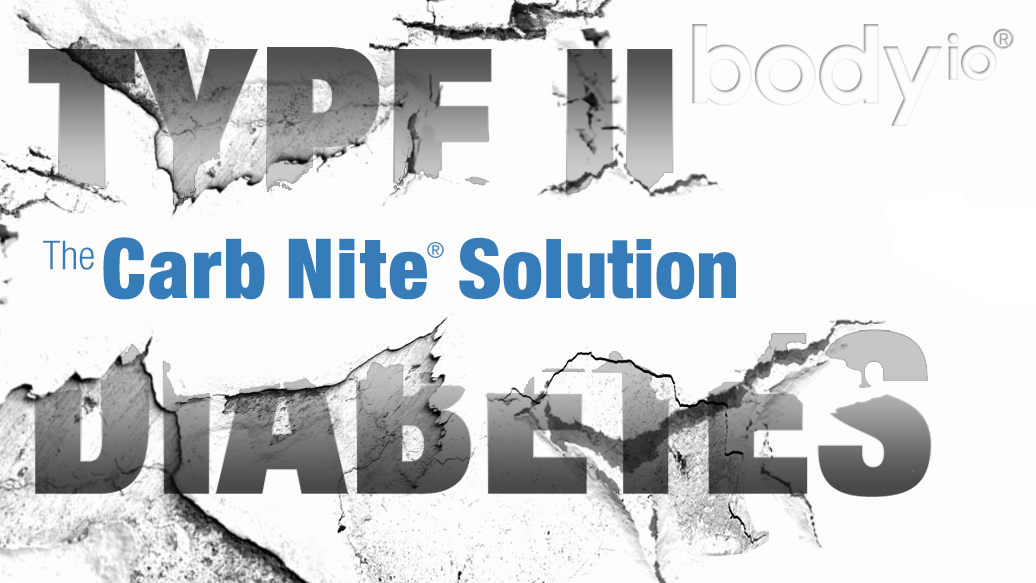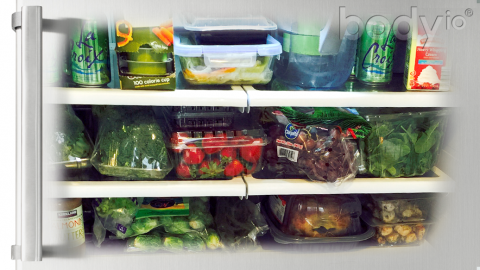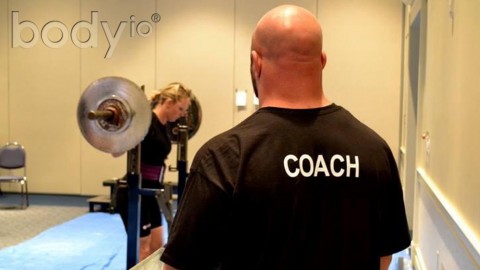WARNING: Any information presented in this post is for informational use only. It is not medical advice. The information is based on my own clinical experience in my practice. If you are concerned about a specific medical condition, you should ALWAYS work with your health care provider to determine what treatment is most appropriate for you.
One of the most common questions I hear regarding The Carb Nite® Solution is whether the protocol is appropriate for Type II diabetic patients (all further references to diabetes will be referring to Type II). Well, as we often say at Body IO®, it depends.
First and foremost, if you have not read the book, then STOP. DO NOT PASS GO. DO NOT COLLECT $200. Please, read the book first. It is very important to have a solid knowledge foundation so we know that we’re speaking the same language. You wouldn’t expect me to attempt a vasectomy without reading about it first, right? (Yes, I perform vasectomies). If you’re diabetic, then you should not attempt to use the protocol without reading the book first!
The Mindset
For my patients, The Carb Nite® Solution and associated principles work well for the right type of patient—a patient that has the right mindset to change their life. The patient that is ready to try to discontinue one or more of their medications. The patient with the right attitude that won’t waver when things get tough. They have seen their “moment of clarity”. This is not some whimsical decision to try something new. They must be ready to make a commitment.
In other words, you have your head on straight.
The fact is you have diabetes for a multitude of different reasons. Perhaps you eat too much food, or maybe you no longer exercise like you did when you were 20 years old. You may have diabetes because psychologically, you are filling a void with food. It is this last subtype that I worry about the most. This particular group cannot shut off the water, so to speak, once it has been turned on. More specifically, this group may reintroduce carbohydrates at certain intervals, but then be unable to stop. Essentially, a Carb Nite for that person turns into a carb free-for-all for days on end due to their inability to make a hard stop after the Carb Nite is over. This is why you have to be honest with yourself. If this last scenario fits your description, then you are not ready to take on this challenge. Unfortunately, you may never be ready to tackle this way of eating.
Hypoglycemia
In general, most diabetics will improve their health by limiting or restricting carbohydrates. It is one of the fastest ways to improve blood sugar control and decrease the need for medication. The tricky part depends on the type of medications patients are taking. All diabetic medications have a risk of hypoglycemia, which can be classified as either minor or major hypoglycemia. Minor hypoglycemia is usually a case where the patient is self-aware of the symptoms (https://www.diabetes.org/living-with-diabetes/treatment-and-care/blood-glucose-control/hypoglycemia-low-blood.html) and is able to self-correct with a snack or a glucose tab. Major hypoglycemia cause reactions that require the aid of another person to correct the low blood sugar levels. These are more severe reactions and can even lead to death.
When I speak to my patients about starting this way of eating, the avoidance of hypoglycemia is non-negotiable. Patients at risk are usually those on pills that increase insulin release, like sulfonylureas and glinides, or even insulin itself. Even patients not on these types of medication can have reactions. Therefore, when I treat a patient initially, if in doubt, I choose to lower the dosages on medications or discontinue them entirely, depending on the circumstances. This is my way of helping them avoid hypoglycemia as they make the transition to low(er) carbohydrate eating.
I HAVE TO STRESS…THIS MUST BE DONE IN CONJUNCTION WITH YOUR HEALTHCARE PROVIDER.
The Nuts and Bolts
1. Reorientation – In my practice, this period is geared towards normalizing blood sugar. I will often ask patients to check their blood sugar anywhere from 3-6 times a day. This will include fasting and 1-2 hour post-meal checks. This period of time can be the standard 10 days, as stated in the book, especially for those diabetics that control their blood sugar fairly well. It can also last several weeks, depending on the severity of the metabolic state, current medications, and the ability of the patient to exercise (resistance train). Again, the goal is to normalize blood sugar and eliminate glucose toxicity, if it is present.
2. First Carb Nite – The first Carb Nite is usually a toned down version. I typically recommend a meal that they normally enjoy and a dessert. Often, it’s a favorite home-cooked meal or trip to a restaurant. I always like to see what the glucose response is based on the multiple variables that could be changing for the patient. If their numbers remain relatively stable, I will let patients be a little more cavalier on their next Carb Nite.
3. Interval Between Carb Nite – This is determined on a case-by-case basis. Factors like weight loss, a decrease in medication, and blood sugar readings all play a factor. In general, interval lengths are commonly 7-14 days.
4. Resistance Training – If training can be done in a controlled and/or supervised environment, I always encourage my diabetic patients to lift weights. Luckily, in my office, we have a gym attached, where patients who are new to resistance training can receive some useful supervision. This is an invaluable way to improve results, even if it is only one training session a week at first. The goal is to train the day of their Carb Nite or on the following day.
Although this may seem straightforward, there is also clearly nuance and individual variability that I consider when treating diabetics with a protocol like The Carb Nite® Solution. It is very rewarding for my patients when they shred body fat (often gaining muscle at the same time) and improve their own health based on their own choices. The most important factor for me is that this is an approach to eating that can be done on a long-term basis due to the lack of food restrictions. No food is off limits, just the timing of when you eat it. For many of my patients, that flexibility enables them to consistently stay on track with this eating plan over the long term.












